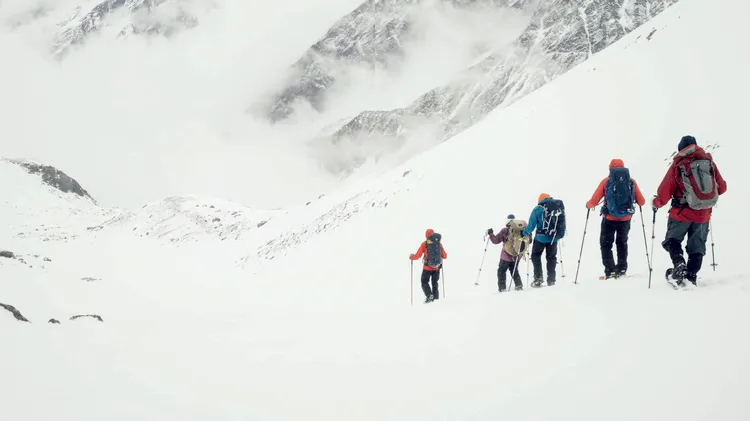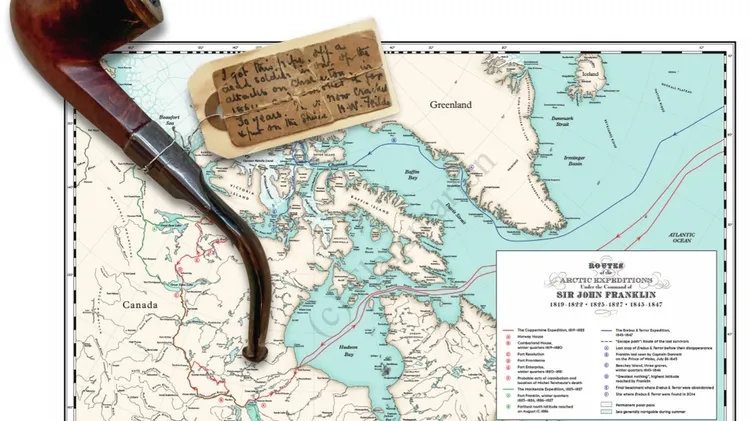Penelope Hemingway examines the knitwear worn by George Mallory on his ill-f
Mallory’s socks
9 min read
This article is from...
Read this article and 8000+ more magazines and newspapers on Readly






